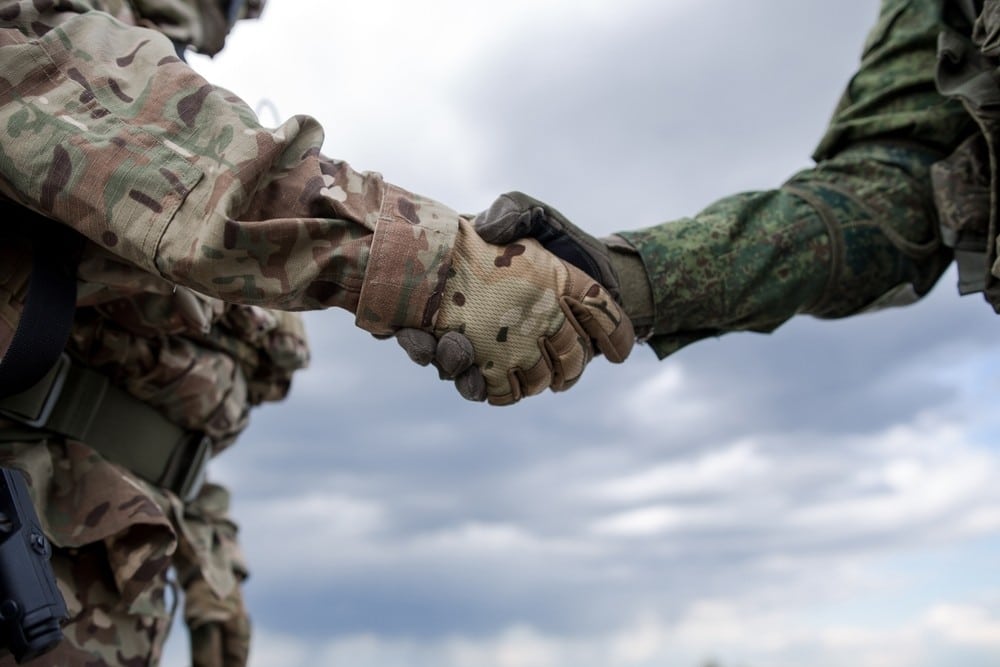Table of Contents
India and China have reached an important agreement to pull back their forces along the Line of Actual Control (LAC). This deal comes after 4 years of military standoffs and rising conflicts, especially after the deadly clash in the Galwan Valley in June 2020. That clash led to the deaths and injuries of 20 Indian soldiers and around 40 Chinese soldiers.
As both nations strive to restore stability and peace in the region, this troop withdrawal signals a promising new chapter in their bilateral relations. By taking this step, India and China aim to ease tensions and foster a more cooperative environment moving forward.
India and China’s complete disengagement at LAC
The agreement aims to lower the tensions that have been high since the Galwan clash, which led to multiple deaths. The deal focuses on having fewer troops in disputed areas.
This change opens the door for better talks and cooperation in the future. Just as countries work for peace, you can also find ways to connect and relax using apps like Bhaggo app.
Patrolling resumes in key LAC Areas
In line with the pullback, patrols will start again in key areas along the LAC around October 28-29, 2024. This follows a planned troop withdrawal that should be finished before the Diwali festival.
The Indian Army will patrol from the Charding Pass to where Charding and Ningling Nullahs meet. Meanwhile, the People’s Liberation Army (PLA) will cover the area from the Indus River to the same spot. This joint patrol effort aims to stop future clashes and improve talks between the two armies.
First resolution since 2020 Galwan Clash
This deal is the first major solution between India and China since the violent clash in Galwan, which raised tensions between the two countries. After that incident, both sides took part in many talks about peace and security. The recent agreement comes from these efforts and shows a shared goal to solve ongoing problems and restore peace.
Troops to return to pre-2020 positions in Ladakh
Under the deal, both Indian and Chinese troops will go back to their positions from before April 2020. This is especially important in areas like Demchok and Depsang, where Chinese barriers that blocked Indian patrols have been taken down. Returning to the previous state is key to building a better plan for managing the border and reducing tensions in future encounters.
S. Jaishankar calls disengagement ‘first step’ in de-escalation
External Affairs Minister S. Jaishankar called the pullback ‘the first step’ in a bigger plan to lower tensions along the border. While this deal is a good step forward, he mentioned that lasting peace will require ongoing efforts. These efforts include removing more Chinese military forces from areas like Sikkim and Arunachal Pradesh to deal with the challenges of the situation.
Long-term goal: Border control and boundary deal
The main goal of this pullback is to create effective border control and reach a complete boundary deal between India and China. As they move forward, ongoing talks, efforts to build trust, and a focus on solving unresolved border issues will be key to achieving a lasting solution to the tensions in their relationship.
This troop pullback marks a better future for India-China relations. Building connections—whether in talks between countries or in leisure activities like those offered by Bhaggo casino—can help create trust. These kinds of activities may help create a more positive atmosphere.


